This article considers the realm of Indian spices through a tp Indian spices names in English and Hindi, uses, and their advantages. The vibrancy in Indian cuisine, the richness in aroma, and the delicacy in the usage of spices make not just part and parcel of traditions on this subcontinent but also metamorphose a mere dish into an experience for all the sensory organs.
Introduction to Indian Spices
Indian spices have their roots in thousands of years ago, primarily used for culinary as well as medicinal purposes. One of the reasons for the apparent complexity in Indian cooking is that they use a series of different spices, each adding its flavor profile and even offering health benefits. The following text will highlight some of the important spices used in Indian cuisine and their names in English.
Key Indian Spices Names in English and Hindi
- Turmeric – (Haldi)

Turmeric is fondly known as the “golden spice” due to its bright yellow color. This simple condiment used in Indian cooking is earthy and somewhat bitter in taste. The compound curcumin present in it gives it anti-inflammatory and antioxidant properties. Great amounts of it are used in a variety of curries, and rice preparations, and as a natural coloring agent.
Benefits:
- Anti-inflammatory properties
- Antioxidant effects
- Aids digestion
- Cumin – (Jira)
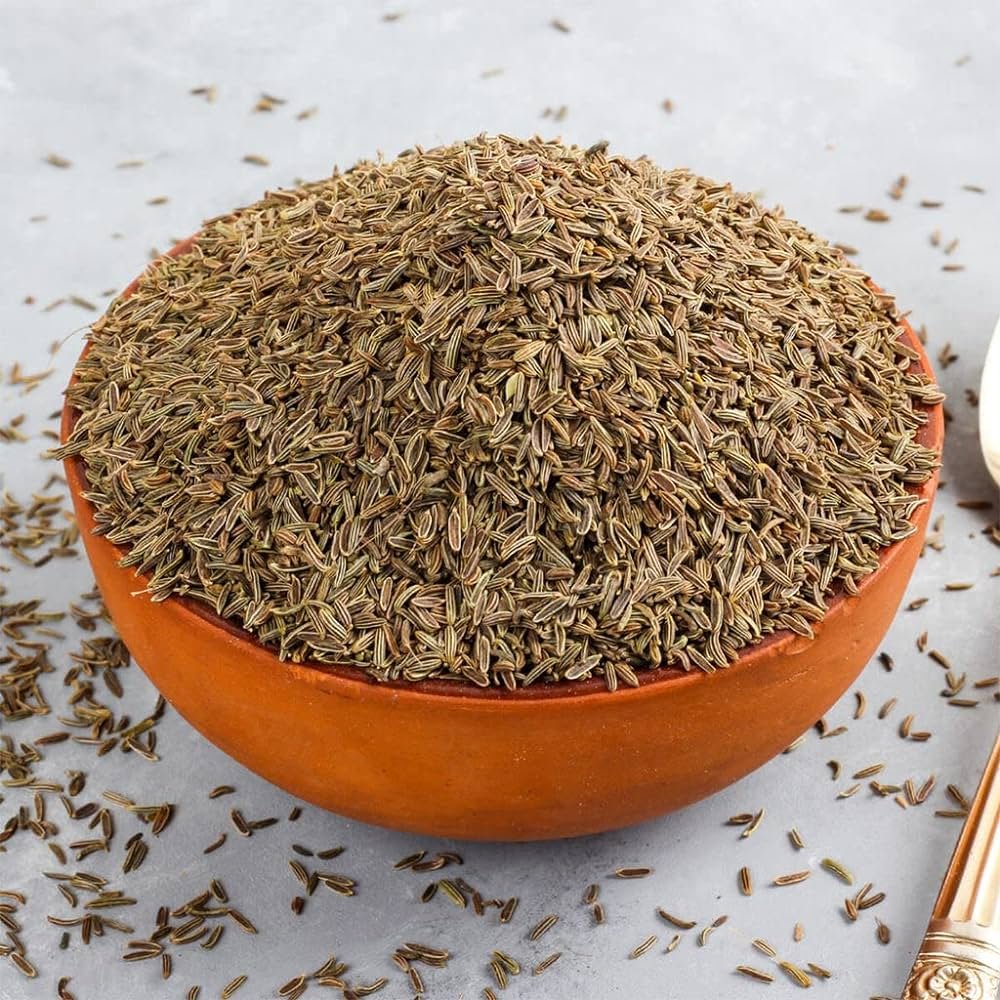
Cumin is a spice with a warm, earthy flavor and a hint of citrus. This particular spice finds a great deal of its application in pretty much all Indian spice blends, like curries and masalas, and therefore, it is hard to find any kind of Indian spice blend that does not contain cumin. Cumin seeds are mainly used in their toasted forms and their application spans a fair number of Indian dishes. This is basically applied in any dish from which it brings out a particular flavor. For example, in lentil soups and vegetable curries.
Benefits :
- Digestive aid
- a rich source of iron
- enhances the immune system.
- Coriander- (Dhaniya)

Coriander, or when referred to as a fresh leaf, is called cilantro, and is a spice. They taste citrusy and slightly sweet, ground into a powder; coriander seeds are used mostly in spice blends. Ground coriander is specifically used to flavor curries, stews, etc.
Benefits:
- Digestive support
- Antimicrobial
- Antioxidant
- Mustard Seeds- (Sarson ke Beej)

Color: The seeds are yellowish brown; some are black or brown.
These yellow seeds are used in Indian cookery. They are milder in taste when compared to the brown and black mustard seeds, which are very pungent. This is used in tempering, pickling, and as a flavor enhancer in several dishes.
Benefits:
- It is a significant source of antioxidants.
- Plenty of Omega-3 fatty acids
- Healthy digestion
- Fennel Seeds – (Methi)
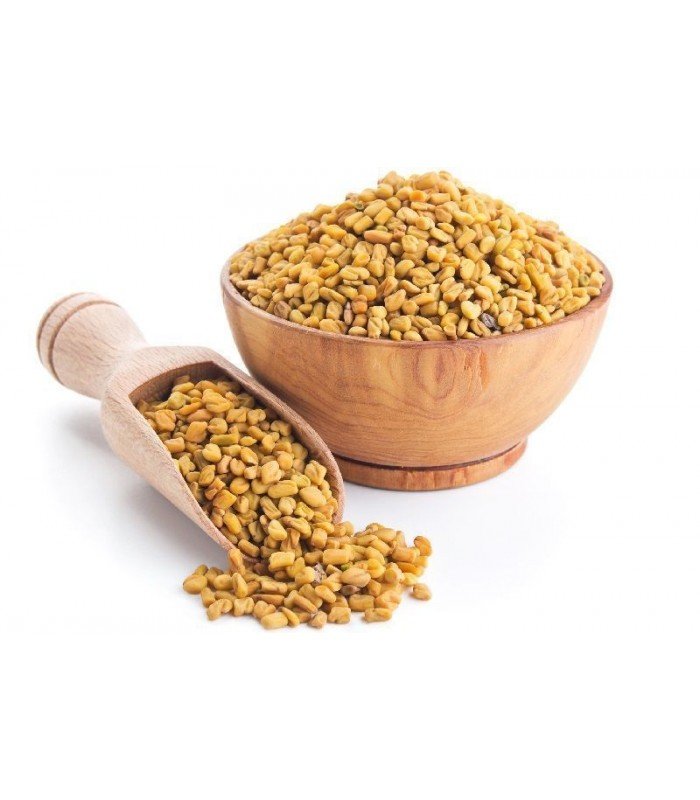
Fennel seeds have a sweet, anise-like flavor and are often considered in Indian cuisine to flavor up the dishes a bit towards licorice. Often used in spice blends, they serve a valuable purpose as digestive help. These seeds are also used in Indian sweets and teas.
Benefits:
- Aids in digestion
- Contains antioxidants
- Helps in reducing bloating
- Cardamom- (Elaichi)
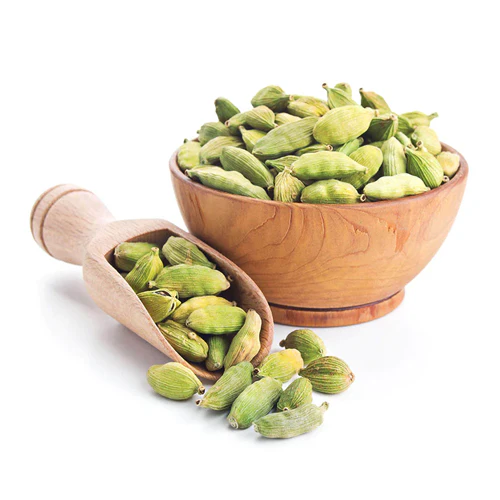
Cardamom is often referred to as the “queen of spices,” having a warm, sweet, pungent, aromatic flavor. It is primarily used for both sweet and savory dishes, especially in Indian rice dishes and masalas. There are two main varieties of cardamom: green and black cardamom. Green cardamom is more common and is used because of its sweet, floral notes, while black cardamom has a smoky, earthy taste.
Benefits:
- Improves digestion
- Acts as a natural breath freshener
- Antioxidant
- Cloves- (Laung)
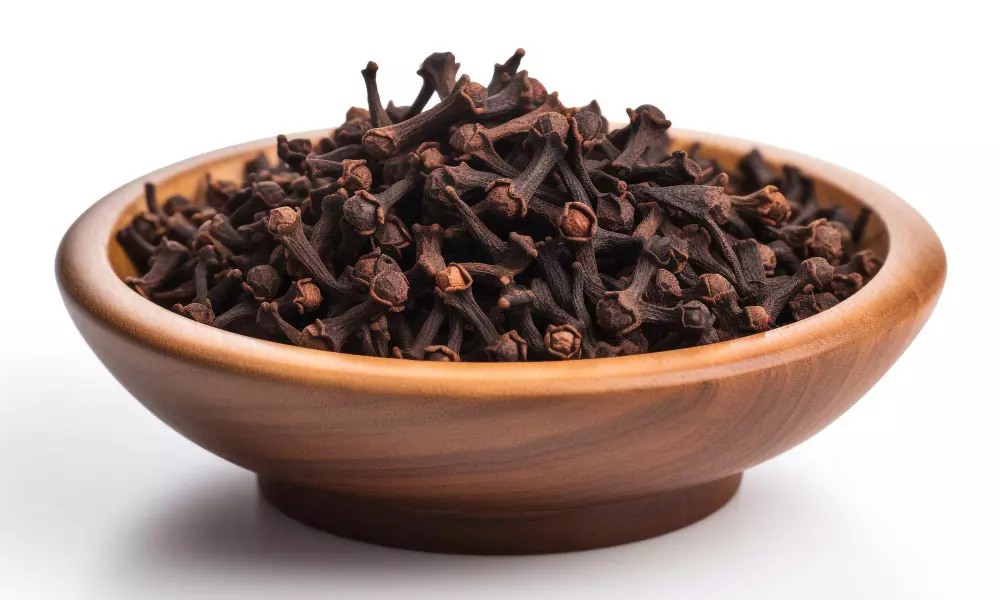
Cloves are warm in nature, with a sweet and slightly pungent flavor. They are used in minute quantities in the Indian cooking process as they are pretty strong in flavor. Cloves constitute one of the main components of spices like garam masala and biryani, used for flavoring rice and meat dishes.
Benefits:
- Anti-microbial effects
- Digestive
- Anti-inflammatory effects
- Cinnamon- (Dalchini)

This imparts a warm-sweet, pungent flavor into dishes and is used in many sweet and savory Indian recipes. This spice is common for spice blends in preparation like biryani, various curries, etc. This aromatic spice comes in two varieties in Indian cooking: the one made from the dried bark of the cinnamon tree, known as cinnamon sticks, and ground cinnamon.
Benefits:
- Improves digestion
- Acts as a natural breath freshener
- Contains antioxidant properties
- Black Pepper -(Kali Mirch)
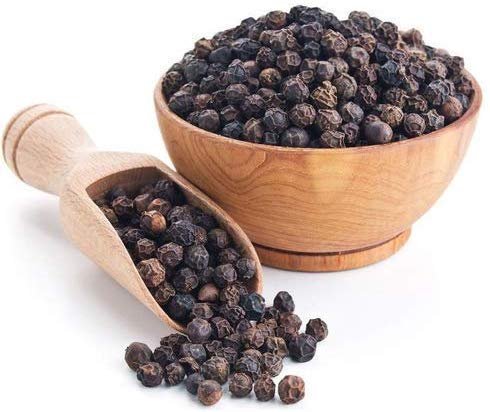
Black pepper has been termed the “king of spices” and serves as the master of a significant volume of spices utilized in Indian food preparation. It gives a sharp heat to food and is generally incorporated in spice mixes and marinades. It is especially valued for its digestion-aid properties and also has been found to be effective in enhancing various other food constituents’ absorption.
Benefits
- Enhances Nutrient Absorption
- Helps in Digestion
- Reduction of Oxidation
- Red Chili Powder – (Laal Mirch Powder)
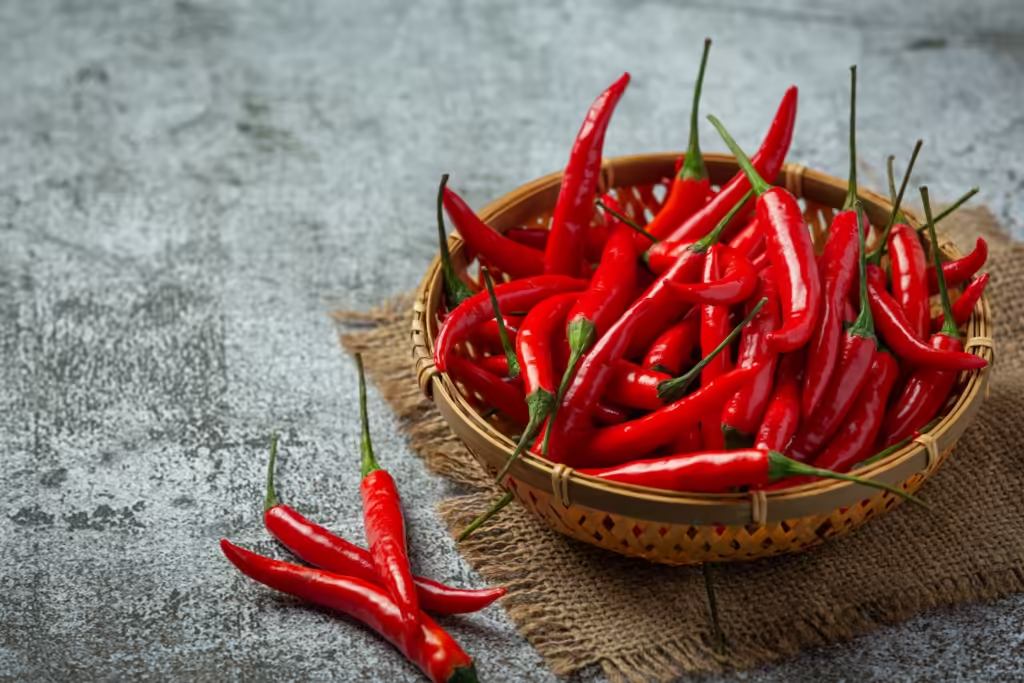
Red chili powder As the name goes, is made from dried red chilies. It gives heat and color to Indian dishes. That being the case, it is used to season curries, stews, and various other dishes. The amount of heat in red chili powder differs depending on the kind of chilies that are used.
Benefits:
- Increases metabolism
- Rich in vitamins A and C
- Helps in digestion
- Mace(Javitri)
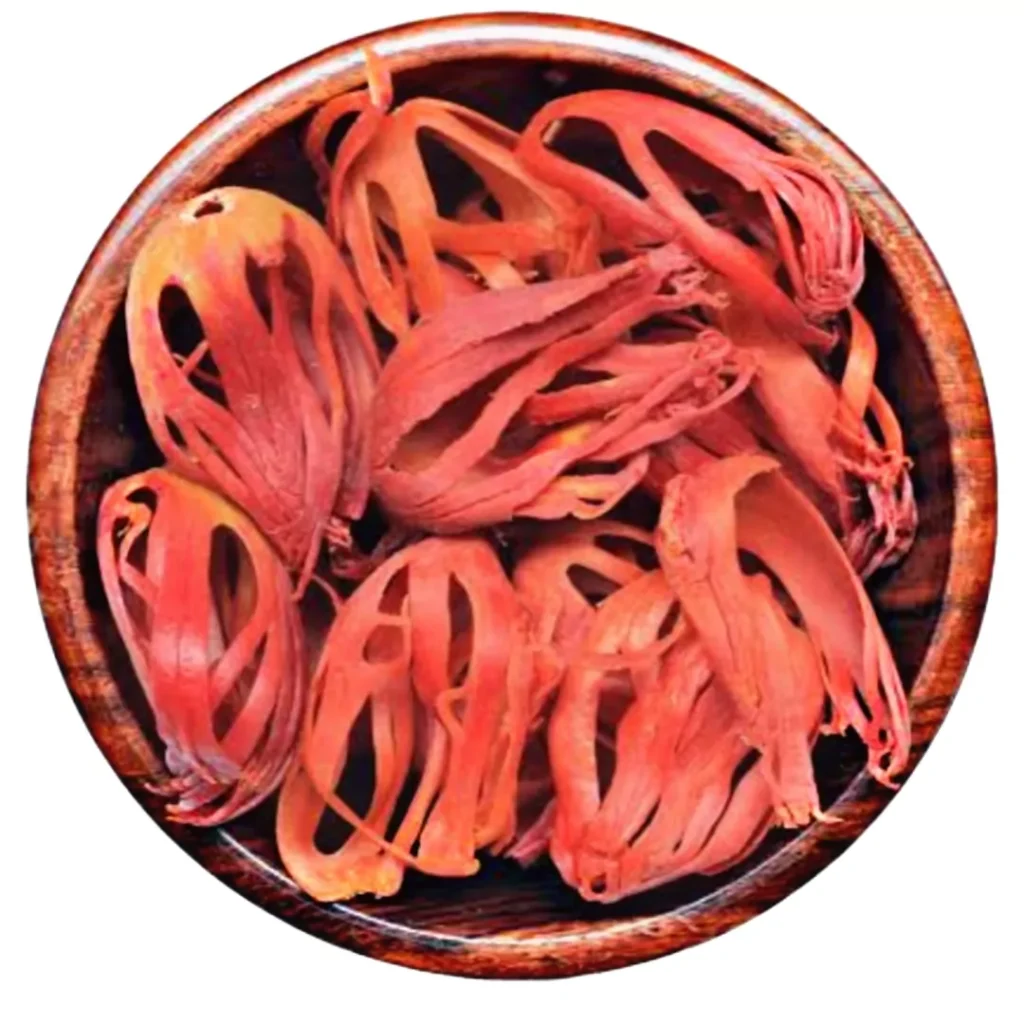
Mace is the reddish brown spice derived from the exterior aril of the tropical nutmeg seed Myristica fragrans. It is sweet and warm, with discrete undertones of cinnamon and pepper. Mace is used in sweet and savory cooking, such as in soups, stews, and condiments, but mainly in the bakery. It is mostly appreciated for its aromatics and the many spices it flavors, such as garam masala.
Benefits:
- Digestive Health: Mace can be an aid for digestion and serve in relieving gastrointestinal distress.
- Anti-inflammatory Properties: Mace has compounds that elicit an anti-inflammatory response and, thus, can give general health benefits.
- Star Anise (Chakra Phool)
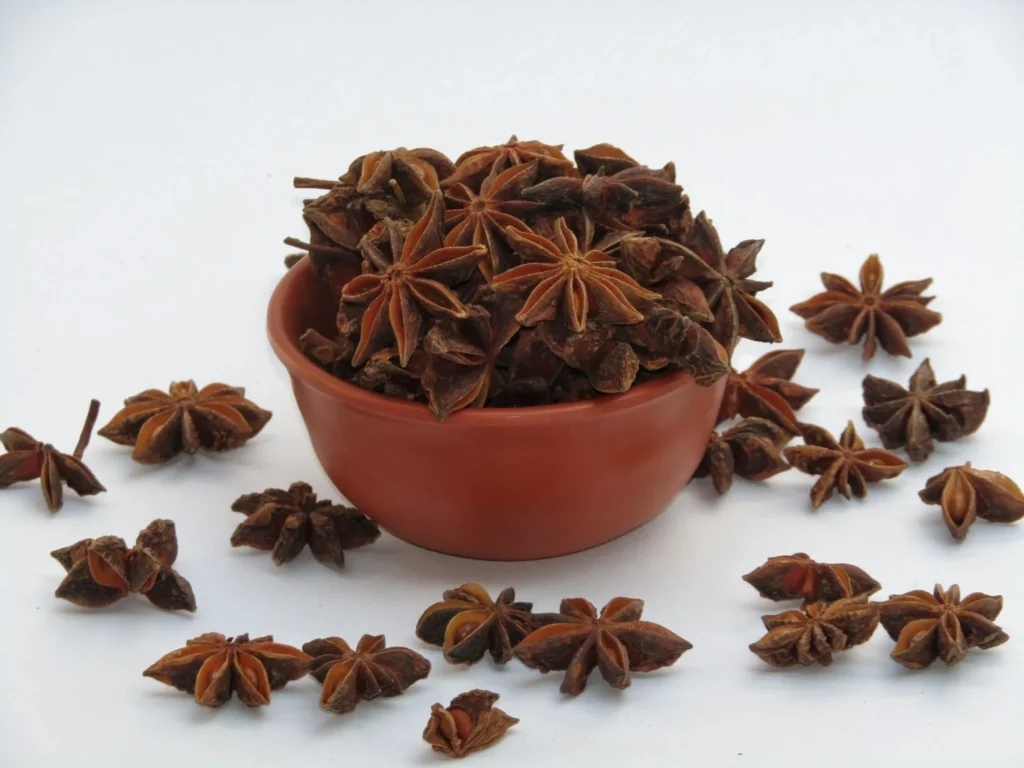
Star anise comes from a spice-bearing type of evergreen shrub. The starry-shaped fruits are popular for their licorice-like taste and, consequently, are commonly used in culinary dishes to flavor Chinese, Vietnamese, and Indian cuisines. These include the likes of pho, braised meat, and pickled vegetables.
Benefits:
- Antimicrobial: Star anise contains compounds of an antimicrobial and antiviral nature, which could prove to be beneficial in the prevention of infection.
- Digestive Aid: An alternative use of this herb is to soothe diarrhea and indigestion.
The Role of Spices in Indian Cuisine
Flavoring Agent
They form an intrinsic part of the flavor enhancement in dishes. Indian spices contribute to complex layered flavors that eventually define what we know as Indian cuisine. Each spice contributes its unique characteristics to the dish, be it the warmth of cinnamon, the heat of chili powder, or the earthiness of cumin.
Health benefits
Other than just taste, Indian spices serve many health benefits. Most of the spices include the properties of anti-inflammation, antioxidants, and digestion. For example, curcumin, a substance included mainly in turmeric, is believed to be one of the strongest natural anti-inflammatory products and fennel seeds are believed to provide easier digestion by reducing gas.
Importance of spices in Indian cuisine
Spices hold a lot of cultural importance in Indian cuisine. The traditions of using different spices in recipe-making have been handed down from generation to generation; hence, they hold an important part in festive and ceremonial recipes. The use of spices is rather an inherent Indian culture representing its vast culinary diversity.
How to Use Indian Spices while Cooking
1 Buying and Storing Spices
Buy good quality, fresh Indian spices for maximum flavor and health. Store spices in an air-tight container, kept in a cool and dark place, to keep the spices potent. Often, whole spices maintain their flavor for a longer time than ground spices.
2 Cooking Techniques
Toasting Spices: to be done to whole spices before grinding or using. Props flavor. Lightly toast the spices in a dry skillet until aromatic.
Spice Blends: A common feature of most Indian dishes is Spice Blends such as garam masala or curry powder. These spice blends make use of a multitude of spices to bring about a symphony in taste.
Balancing Flavors: Where Indian spices are concerned, the best way is to always try to balance the flavors. If the chili is too hot, then the sweetness of cinnamon might be ideal to balance it out, or even the richness of coconut milk.
3 Popular Indian Dishes Featuring Spices
Chicken Curry: The use of spices like turmeric, cumin, coriander, red chili powder.
Biryani: Cardamom, cloves, cinnamon, and bay leaves are a part of the recipe.
Dal Tadka: It has a topping of cumin, mustard seeds, and asafoetida atop it.
Conclusion
Indian spices have an identity that is much beyond flavor enhancement; it is an intrinsic character in the culinary identity of the region and there are many health positives with the usage of these spices. Right from that golden hue of turmeric to the fiery heat of red chili powder, every spice has a unique character that it adds to Indian dishes. The knowledge of names and benefits associated with such species might help us appreciate how due to these simple combinations, rich and varied flavors of Indian cuisine are built.
Whether you are an experienced chef or a home cook trying their hands on new Indian recipes; these spices not only flavor the food but bring health benefits that match up with the flavors in your dish to make a feast for your senses and soul. Welcome the aromatic world of Indian spices and let it make your food flavorsome.
